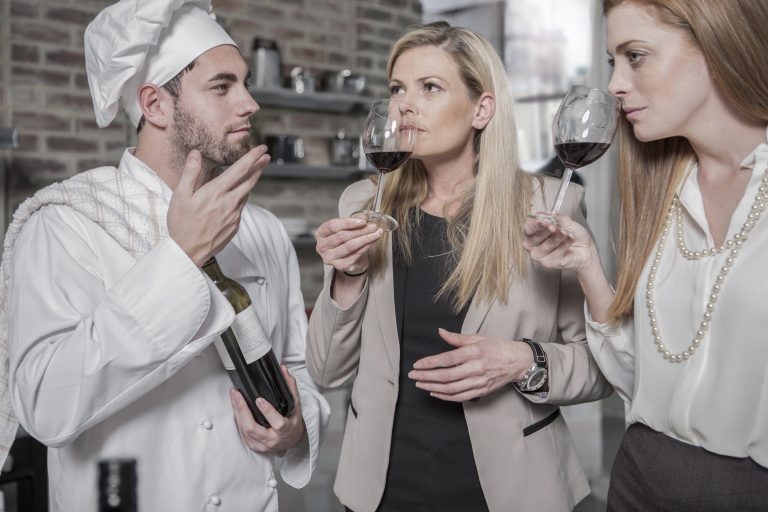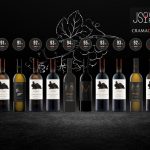Have you taken your first steps into the world of wine, realized how vast it is, and feel the need to learn more about it? Where should you start, how much should you invest, and whom should you choose as a guide in this world? These are legitimate questions, so we’re offering you a short guide about the existing options.
- What should you establish first?
- How to learn on your own?
- Where to learn with guidance?
- WSET – The Gateway to Peak Performance
- WSET Level 1
- WSET Level 2
- WSET Level 3
- WSET Level 4 – Diploma
- International Options
- AIS – Primo Livello (Level 1 – Introduction)
- AIS – Secondo Livello (Level 2 – Oenography and Tasting Techniques)
- AIS – Terzo Livello (Level 3 – Advanced Training)
What should you establish first?
Before deciding which path to follow, a few things should be clear:
– The first thing you need to establish is exactly what level of wine knowledge you already have. Have you been to 2–3 tastings, discovered that there are grapes beyond the few you knew from the supermarket, or do you already have some notions about regions, producers, styles, or history? Or maybe you already possess some technical knowledge, visited wineries, and tasted a few hundred wines?
– The second thing to clarify is how much you actually want to learn. Just enough to choose a wine knowledgeably at a restaurant or shop, enough to start a private wine collection, or do you want to turn this passion into a profession—becoming an educator, sommelier, or another type of professional?
– The third and perhaps most important: what resources—time or financial—can you allocate to this passion? Courses range from simple, short, and affordable (€300–€500) to those that last for years and cost (many) thousands of euros.
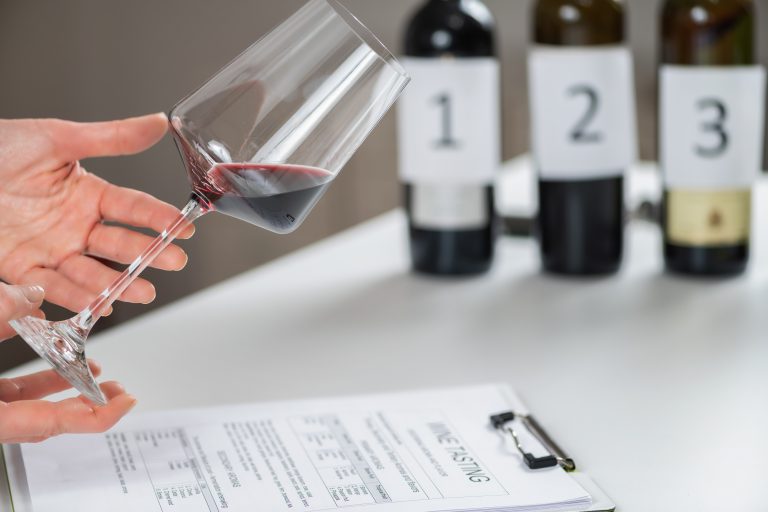
How to learn on your own?
DacăIf you only have a spark of passion, not much time, and no clear budget, our advice is to take it slowly.
– A handful of books, written by Romanian authors and major international critics—with up to 2,000 lei you can build a starting point. For older books, you’ll almost certainly find electronic versions free or very affordable.
– Go to tastings—many, varied, and, as much as possible, led by different people. Everyone has their own style and story, and you can learn something from each. From these tastings, find out what you like and then study further on your own.
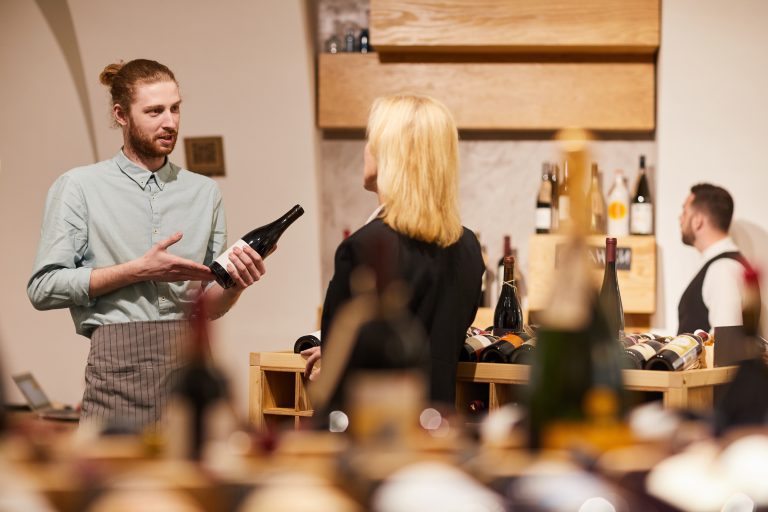
– Did a Sauvignon Blanc catch your attention? Try it from different regions of Romania (that’s easy), from the most representative regions in the world, then pick some top bottles (the Internet is priceless here!) and taste 3–4–5 versions side by side, noting the differences and coming back to what you liked best.
– Did a producer catch your eye? Try their entire portfolio, arrange a visit to their winery, and take advantage of the opportunity to buy “verticals” (different vintages of the same wine).

– Join as many group winery trips as possible—they’re affordable and give you the chance to taste wine in the place where it was born. Over time, you’ll realize how important this is.
– Follow online wine publications, the authors who write for them, and join groups where wine is discussed. There’s an enormous treasure of information online, freely available.
– Go to wine fairs! It’s a wonderful opportunity to discover new producers, hear the stories of those you already know directly from them, taste a lot of new wines, and share your passion with others.
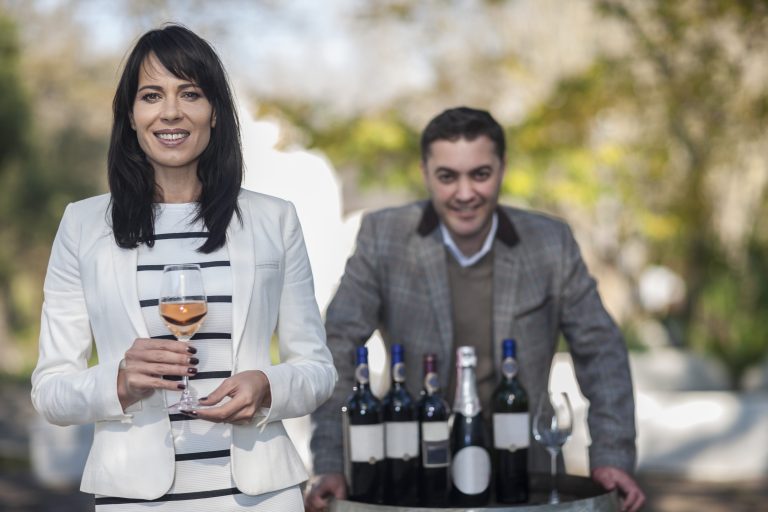
Where to learn with guidance?
There are few courses dedicated to wine knowledge in Romania. If a Master’s at the Faculty of Agronomy seems like too much (a year and a half, but with very low costs), there are also periodic tasting courses organized by ADAR (Association of Authorized Wine Tasters of Romania) and, also periodically, a wine knowledge course organized by TRAWIS – Transylvania Wine School.
Most wine lovers choose WSET courses – Wine and Spirit Education Trust, especially since the diplomas issued here have real value and are recognized worldwide. In Romania, there are several offers for these courses, from Trawis to Wine in Business, Romanian Wine Academy, and others.
Another option is sommelier schools, where you not only get to structure your essential wine knowledge but also leave with a qualification diploma. That never hurts, right? Look for Sergiu Nedelea Wine School, Atelierele ILBAH, or Euro Sommelier courses. Those more demanding, with a bigger budget, can also try the courses recently offered by Institut Disciple Escoffier.
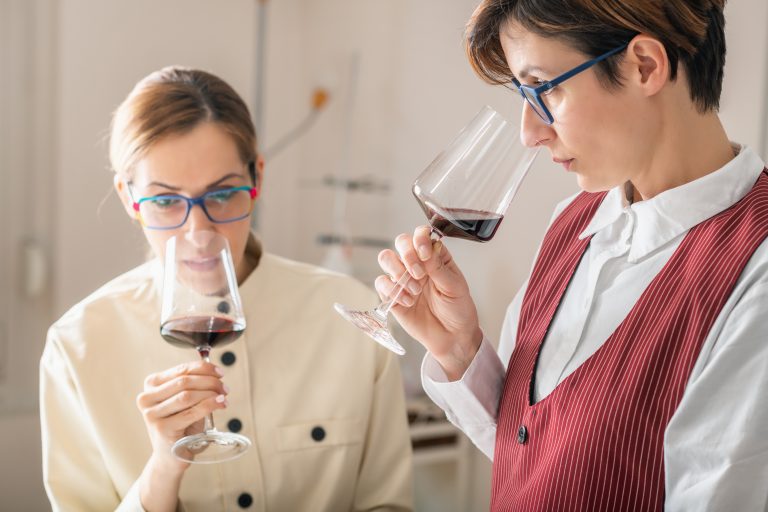
WSET – The Gateway to Peak Performance
If you are undecided, there is already a well-established path that takes you from basic knowledge as far as you want to go—even to becoming one of fewer than 500 Masters of Wine worldwide
The basic courses of the Wine and Spirit Education Trust (WSET) are organized in three modules, followed by the WSET Diploma, which allows you to apply for the prestigious Master of Wine program. In Romania, recognized WSET educators offer access to the first three levels, while for the WSET Diploma you need to register directly.
The costs for the first three modules range from about €220 for Level 1 up to €1,000 for Level 3.
WSET Level 1
Level 1 is like your ticket into the world of wine. Simple, accessible, and friendly, the course covers the basics: what differentiates white from red wine, how to serve wine correctly, how to store it, and the basic rules of food pairing.
You learn to look at, smell, and taste wine using a structured yet intuitive method. Everything concludes with a multiple-choice test—an easy challenge designed to confirm the start of a passion.
WSET Level 2
The second level opens up the geography of wine. Here you discover how climate, soil, and the hand of the winemaker shape every drop. You study the main grape varieties and their emblematic regions, as well as sparkling, sweet, and fortified wines, which complete the picture.
Tastings become more focused, and your vocabulary grows, helping you express more clearly what you perceive. The exam, with 50 questions, is not simple, but it brings the satisfaction of truly understanding labels and the stories behind them.
WSET Level 3
At this stage, wine is no longer just a drink to explore, but a phenomenon to analyze. The course requires you to understand and explain how terroir, technology, and winemaking decisions influence style, quality, and price.
Theory is combined with blind tastings, where you must identify and argue the characteristics of the (unknown) wine in your glass. The exam combines written questions with the analysis of two wines, turning passion into professional-level expertise.
WSET Level 4 – Diploma
The Diploma is the peak of the WSET journey, an internationally recognized program lasting from 18 months to 3 years. Structured into six units, it covers everything—from wine production and business to advanced studies of global regions, sparkling wines, fortified wines, and independent research.
Assessments are complex, and blind tastings become endurance tests for any professional. Graduates earn the title “DipWSET” and join a global elite, standing practically one step away from the prestigious Master of Wine title.
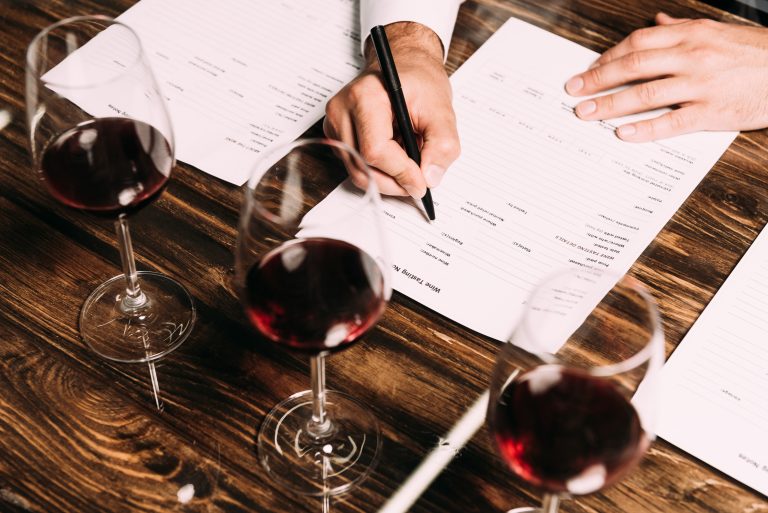
International Options
For those who prefer a qualification with immediate practical application, sommelier courses are also available from major international associations. AIS – Associazione Italiana Sommelier is one of the strongest and most respected professional associations in Europe, whose courses are structured similarly to WSET, ranging from introductory to advanced.
Likewise, the Court of Master Sommeliers offers four modules, the classic three plus the “supreme” Master Sommelier title—an honor that has recently become controversial due to several scandals.
AIS – Primo Livello (Level 1 – Introduction)
This is the initiation course, designed for those just stepping into the world of wine. It covers the basics of viticulture and winemaking, introductory tasting methods, and the role of the sommelier. The goal is to provide the theoretical and practical foundation to understand wine, from the vineyard to the glass.
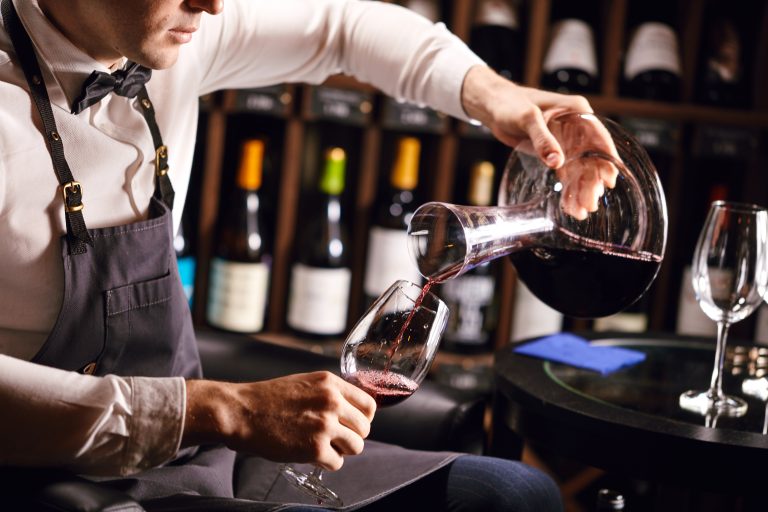
AIS – Secondo Livello (Level 2 – Oenography and Tasting Techniques)
The second stage deepens the study of wine from both a technical and geographic perspective: national and international oenography—Italian wine regions and the main wine-producing areas of the world—and tasting techniques—developing professional vocabulary and the ability to analyze wine in a structured way.
The purpose of this level is to train sommeliers capable of recognizing and describing wines in detail, relating them to terroir and style.
AIS – Terzo Livello (Level 3 – Advanced Training)
This is the final and defining course. It focuses on the art of food and wine pairing—the principles and rules that govern correct matches—advanced communication skills, wine list management, marketing, and customer relations. The aim of this module is to prepare the fully fledged sommelier, both as a taster and evaluator, and as a professional in gastronomy and hospitality.
